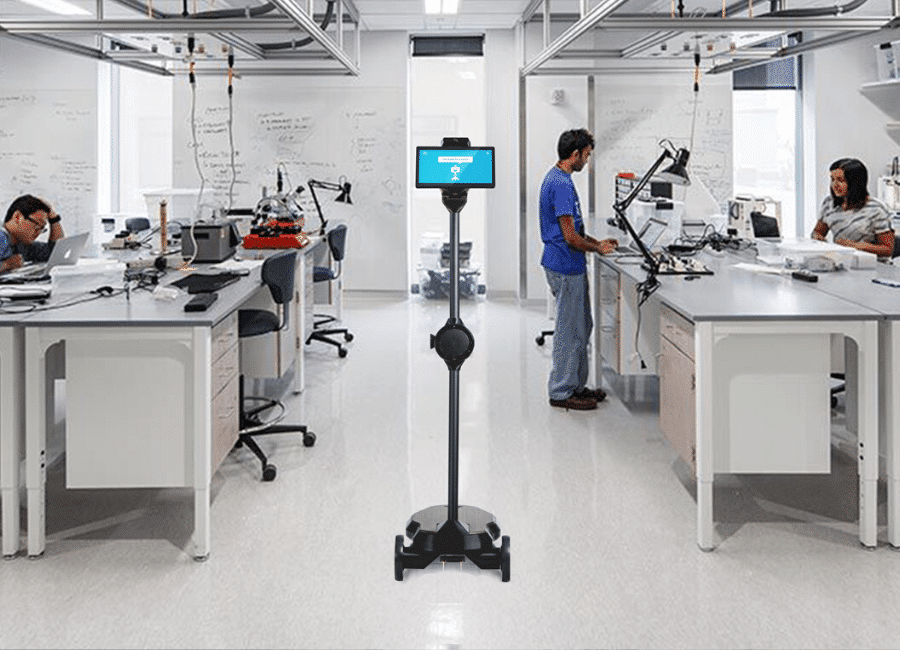Exploring the Future of Interaction: The Telepresence Robots Revolution
A world dominated by technological innovations, the idea of telepresence robots emerged as an exciting and radical innovation. These amazing devices have defied traditional boundaries, enabling individuals to be physically present at a distant location without ever leaving their own area of. The merging of robotics and communications technology has led to a new era of remote interaction, where the telepresence robots act as avatars that bridge the disconnect between physical distances, and human connections.
Telepresence robots have emerged as an exciting option for those looking to cross borders. If it’s an executive in a business who is attending a conference from around the globe, or even family members who are present at a cherished event, the robots offer a unique sense of immersion. The ability to navigate physical space, talk to people, and even manipulate objects allows people to engage in conversations and events as if they were truly present. As remote work and global collaborations become more commonplace, telepresence robots offer an effective solution for bridging the gap between physical separation as well as meaningful engagement.
Telepresence robots’ versatility is what has brought them into use across a spectrum of industries. For healthcare, these machines permit medical professionals to take virtual rounds, communicate with colleagues, and even interact with patients from afar. In education, telepresence robots allow students unable in physical classrooms to take part online, making sure they aren’t missing opportunities to benefit from learning. Also, the business community benefits because remote workers can be more present in meetings and discussions that bridge the gap between employees in offices and remote employees.

The impact of telepresence robots extends much beyond simple convenience it has a positive impact on numerous industries. For instance, in the healthcare field this robot allows doctors to perform remote consultations, bringing expertise in medical care to under-served areas. Patients are able to receive diagnostic and treatment suggestions with no need to travelling, which is revolutionizing how healthcare services are provided. Similar to education, telepresence robots allow students unable to attend classes in person to be able to attend classes online and ensure that they can continue their education despite physical restrictions. Corporate environments are also changing, and robotics that telepresence redefine remote working by providing a tangible presence in office which improves collaboration and engagement between team members.
Although the possibility of telepresence robots is undeniable, several challenges merit consideration. Security and privacy concerns result from the presence of microphones and cameras in the privacy of private areas. Security of sensitive data and ensuring that the technology is not used in a way that is not harmful are crucial concerns. Technical limitations, such as connectivity issues, or the difficultness of navigating through complicated environment, could hinder the efficiency of robots. Making a compromise between control by humans and AI autonomy is yet another issue that requires users to feel confident and in control despite relying on robotic assistance. Additionally, the cost of the telepresence robots might seem prohibitive for a few individuals as well as organizations, which raises questions about accessibility and affordability.
In the near future, the potential of telepresence robots appears promising. Based on ongoing research and development it is possible to anticipate better capability for navigation, better sensory experiences, and increased autonomy. Incorporating artificial intelligence could result in more enlightened interaction, as robots better understand and respond to human gestures and expressions. While these machines become an integral part of our lives, ethical discussions will shape their development, and guide their use in ways that enhance human interactions while protecting integrity and privacy.